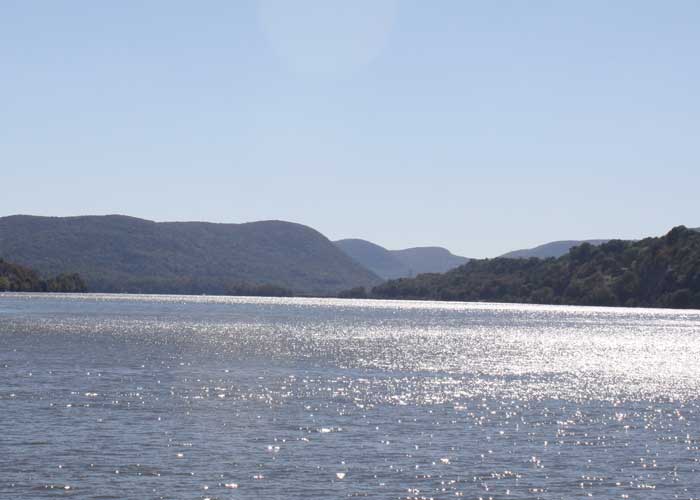ALBANY – The U.S. Environmental Protection Agency has reached a legal agreement with General Electric for the company to investigate the lower river portion of the Hudson River PCBs Superfund site to determine next steps for addressing contamination.
Under the terms of the agreement, GE will immediately develop a plan for extensive water, sediment, and fish sampling between the Troy Dam and the mouth of the New York Harbor.
While PCBs will be a focus of the data collection in the Lower Hudson River, other contaminants will be evaluated as well.
The new data is needed to determine from a scientific standpoint the best path forward, even in advance of a potential formal set of studies that would be required to develop a plan or plans for cleanup. Tuesday’s agreement requires data collection to begin in early 2023. GE will also pay EPA’s costs to oversee the work.
“The sampling that GE is conducting will allow us to better understand and evaluate the conditions and potential contamination in the Lower Hudson River environment,” said EPA Regional Administrator Lisa Garcia. “The information will help us determine whether and how to prioritize investigations in each portion of the Lower Hudson and how to best address contamination.”
Under the terms of the administrative agreement, GE will sample multiple fish species, sediment and water from various locations throughout the Lower Hudson River. There will be three different sediment sampling programs, each from a different range of depths of the river bottom. Collecting sediment at various depths and locations allows EPA to better understand where contamination is present and has deposited over time. GE will implement two of the three sediment programs in 2023. The third program, which includes the collection of deeper sediment samples, will occur in 2024.








